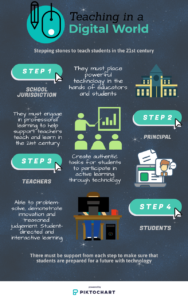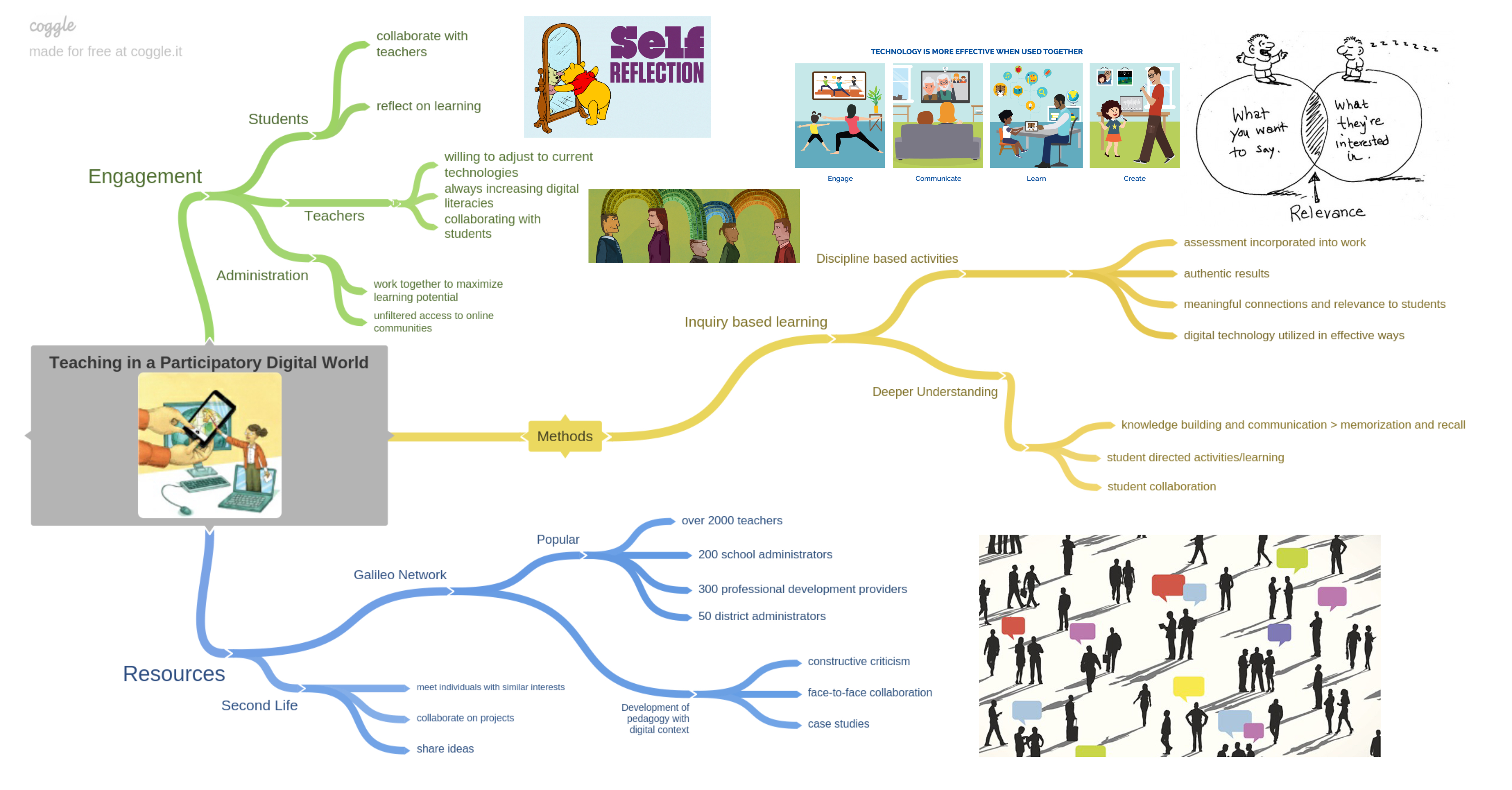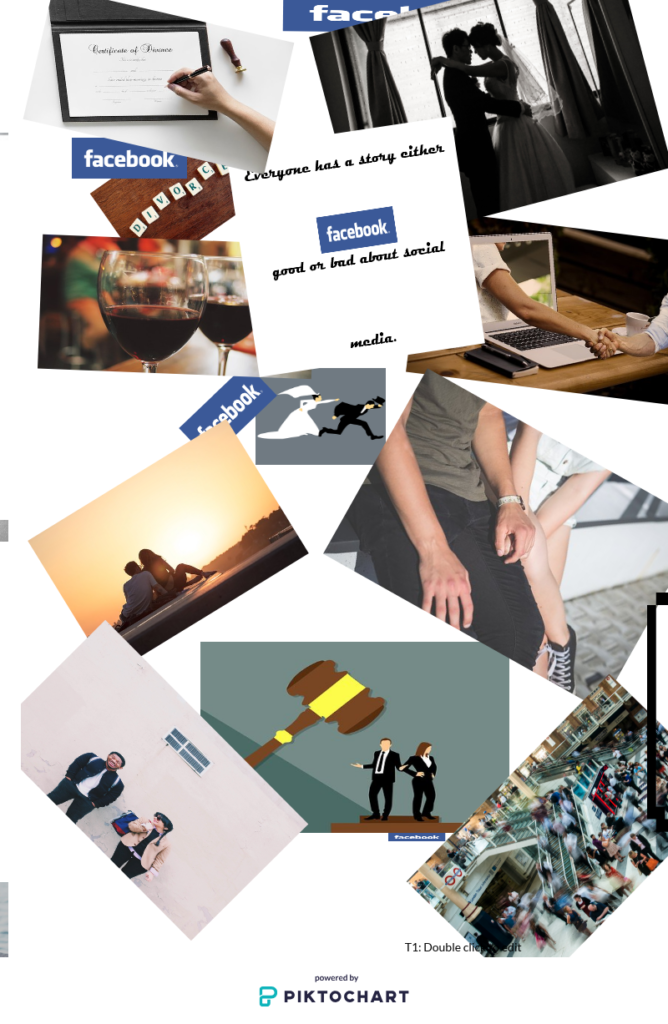My reflection is based on the article Teaching in a Participatory Digital World by Dr. Michele Jacobsen. In the article, they are mentioning that educators who teach using paper and pen should incorporate technology into their classrooms. The students that are now in school are growing up in a digital world and schools should prepare them for this. Students already know how to use technology, but it is the teacher’s job to guide students to use technology in a beneficial way for the 21st century. By incorporating technology, students can analyze information, solve real-world problems and successfully work in a digital world.
It is up to the teachers to provide students with the right tools to learn. Teachers must constantly engage in professional learning to strengthen their digital competencies. They need to make authentic tasks that allows active learning for the students. This include coming up with new learning methods and ways to incorporate technology into the classroom. Students and teachers must work together to allow student’s knowledge to grow constantly. When they work together, students can improve their ideas and learn actively instead of having them memorize and learn with paper and pen.
However, this is not something that can happen overnight. There needs to be support from principals, school legislations, and other teachers. They all need to work together for the incorporation of technology to be attainable n the classroom. I decided to make my reflection on supporting one another. Throughout the article, they mentioned that there needs to be support from others to help students use technology. I used Piktochart to make my infographic. I decided to make my infographic from scratch, without using a template. They did not have a lot of templates to choose from and I could not find something that would work with the layout I wanted. The layout that I used included an order of steps. Based on the article, there are steps that need to happen to make sure that educators can teach students about the digital world. The 1st step must begin with the school legislation. If the school is not provided with internet and there are blocks to certain programs that the teachers want to use, it will be hard to incorporate technology into the classroom. The legislation needs to provide teachers and students with powerful tools to use technology. The 2nd step would come from the principals. They are the ones that need to engage in professional learning to provide support to the teachers. They need to make sure that teachers have the resources to teach technology. The 3rd step is teachers. They are the ones that must to make lessons to help students use the technology. They need to come up with authentic tasks that allow for active learning. Teachers can work together to bounce ideas off of one another and find new ways to make learning interactive. Finally, the 4th step is students. Without the first 3 steps, the students will not be prepared for the digital world. Once there is support from every step, that is when students can use technology and learn from their teachers on how to inquire, problem-solve and learn to work in the 21st century. It involves a community to make sure that students get the correct resources to learn.
Reflecting on this article, I found it important to have almost of a “chain reaction” effect with incorporating technology in the classroom. They are only as strong as the weakest link. While making the Piktochart, I found that using numbers to portray the order in which support needs to come from is important. Teachers can try to incorporate all the technology they like, but without the support and guidance from principals, school jurisdictions, and municipal government, it becomes very hard. Like the article mentioned, if the school places blocks on certain programs, that makes it harder for the teacher to incorporate the use of those technologies.
Before reading this article, I did not really pay attention to the issues. I know that the world is becoming more digitalized every day and that technology should be incorporated into the classroom but looking at how you need to have support will make it difficult. A lot of teachers like to stick to their old-fashioned way of teaching with the overhead projector and chalkboard because they are retiring soon and do not see a point in updating their teaching methods. During my placement, my associate said she has tried to incorporate technology into the classroom but the issue is with the wifi connection. She has done Kahoots in the past but the wifi connection is not strong, or cuts off in the middle of it, making it very frustrating for both the teacher and learners. Even something as simple as having them watch the movie, Osmosis Jones, on YouTube Premium would not work for her. She had purchased the movie for the students to relate to their osmosis unit and had them work on a worksheet during the movie. The wifi stopped working midway through the class so she had to start a new lesson. When she tried again the next day, the wifi still was not working and she had to bring in an older TV and DVD of the movie. This shows that without support, teachers that want to incorporate technology in the class will find it to be very difficult.
Knowing how there are certain support programs for teachers to come together and learn new techniques about using technology gives me hope for the future. I hope by the time I graduate and have a full time position, that technology can be incorporated into every classroom but not just in a way of SAMR learning, specifically substitution, but in active learning and teaching. I hope that students can make the best out of technology and use it to help them excel in the digital world.
I personally did not enjoy using Piktochart and would prefer to do the Sketchnote like I had done for the first reflection as it was much easier to work with then using technology. With this program, there was always things glitching up, like the font sizes. If I tried to add a word, the font size would become larger and I would have to find the right font size to correct things. There is not a lot of freedom when it comes to changing the pictures that they already have in terms of colour coordination. So, I had to make sure that I found text pictures that were not clashing as well as cartoon like images from google that matched my layout. Once I was able to get past all the glitches and frustration, I found the program easy to navigate. For my next reflection, I will not be using Piktochart. I will try to find something with a bit more freedom in terms of styles and templates. All in all, I feel like through trail and error, I was able to get a result I was happy with.





